Beauty & Fashion
The many shades of pink
Rosé wines are made in many styles and come in many different shades of “pink”. They have become incredibly popular in recent years but most of us don’t know how they are made. I, too, was guilty of coming to the perfectly logical conclusion that pink wine must be a mix of red and white wine before I studied wine. And you know what? I was totally wrong! Rose wine is not a mix of white and red wine (unless you are making rosé Champagne) rather than an entirely separate category of wine. Let’s explore the different methods used by winemakers to make those beautiful shades of pink!
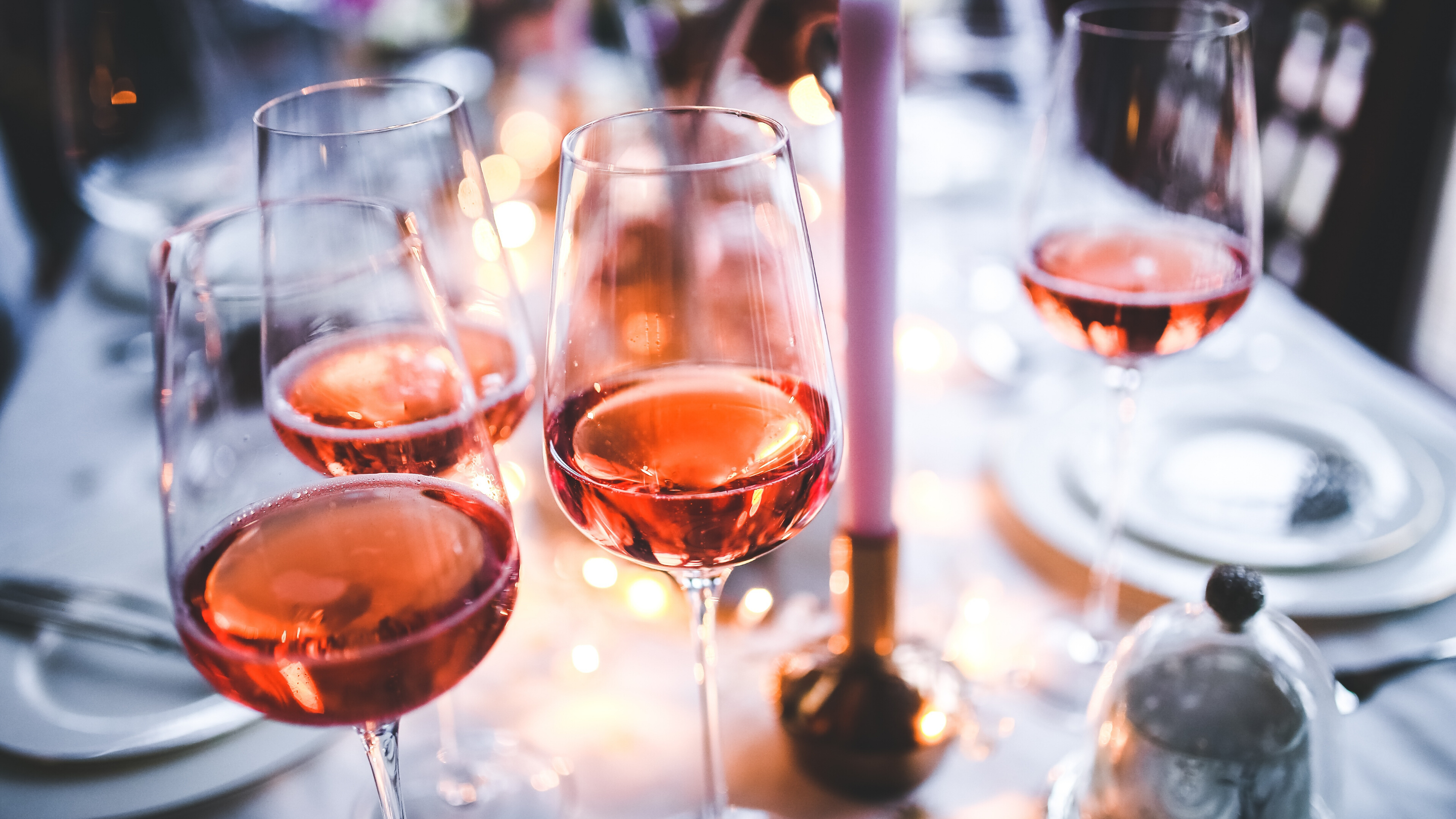
Rosé wines – credit Canva
Wines get their colour from their skins not from their juice. When all grapes, no matter their colour are pressed, the juice that runs out of the fruit is clear because their flesh is clear[1]. As skins and juice macerate together, colour (and tannin) is extracted from the skins and give wines their colour. How much colour depends on the grape variety and the amount of time skins are left in contact with the juice. Rose wines are made from red grapes and the amount of colour depends on the amount of time the juice remains in contact with the skins.
Short Maceration
This is the most popular method of making rose wines. The grapes are crushed, fermentation begins and juice and skins are allowed to stay together for anywhere from a few hours for very pale shades of pink to several days for wines with intense cranberry juice like colour. As soon as the juice begins to take on the beautiful pink colour the winemaker desires, the skins are removed and the juice is allowed to ferment, creating delicious rosé.
The Saignée Method
Saignée means bleeding in French and this method is exactly that. The winemaker puts the grapes in the vat and allows them to sit until their own weight crushes the skins and their juices are flowing. Then she removes or “bleeds” some of the juice from the tank which is vinified as a rosé, while the rest of the juice is left to continue macerating into a more concentrated red wine. Rosé wines made this way tend to have richer, more vibrant pink colour and fuller body.
Direct Pressing
This method is very similar to short maceration but instead of allowing the juice to soak with the skins, the grapes are pressed immediately. Because of the pigment in the skins there will be some colour in the juice but not too much. The wines made with this method have the lightest, most delicate rosé colour.
Regions and grape varieties
Provence, South of France
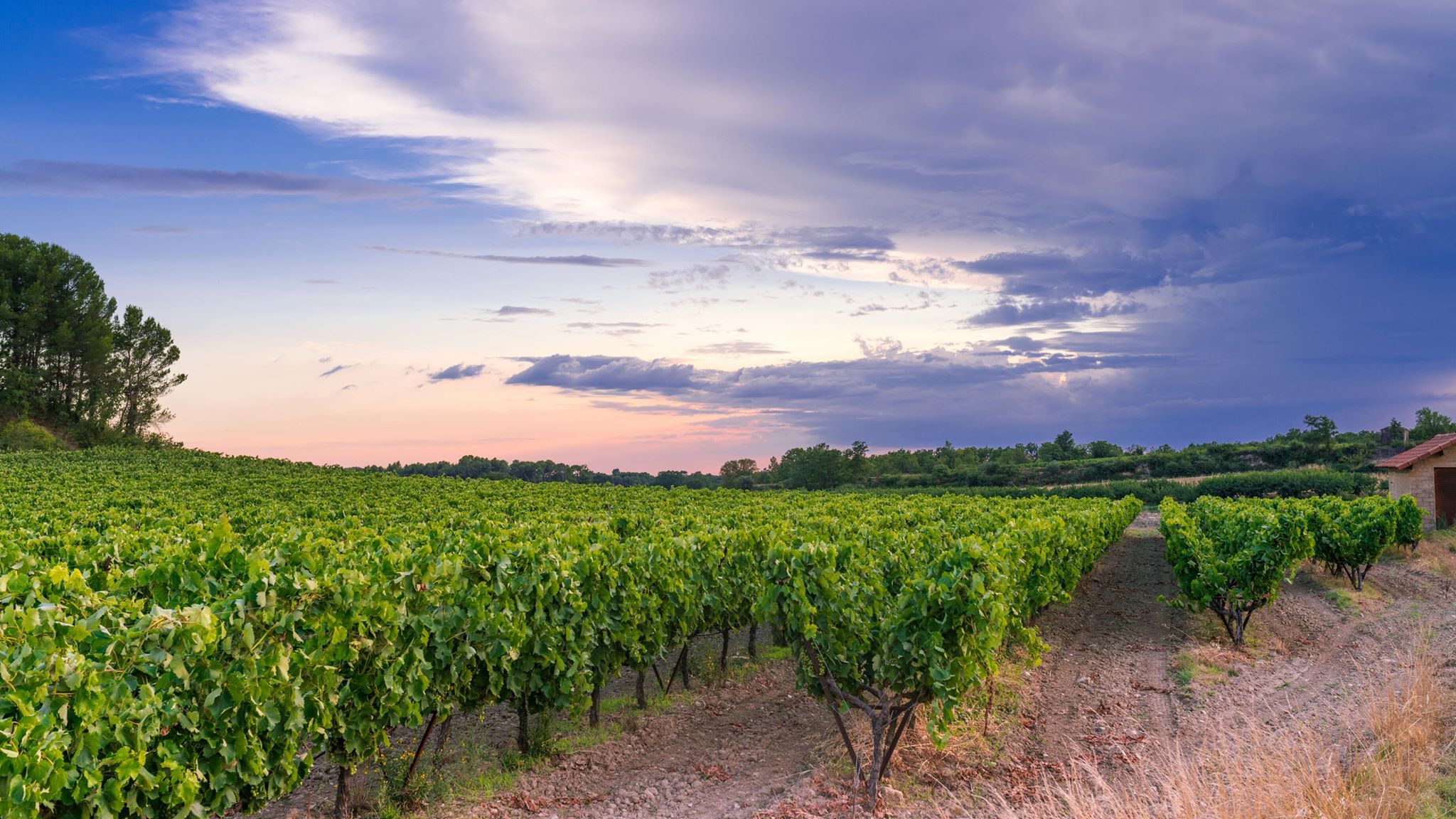
vineyards in the South of France – credit Canva
Provence is easily the largest rosé producing region in the world. Provencal rosés have very pale pink orange-tinted colour, are complex and dry, usually smelling of dried herbs, red berries, grapefruit, tangerine and sometimes subtle hints of spice and fennel seeds. Most are made from the blends of local grapes like Grenache, Cinsault, Mourvedre and Syrah. They are very food friendly especially with “pink” foods like crustacea and tomato-based dishes.
Tavel, South Rhône France
Tavel is an only-rosé appellation. The wines are bone dry, made predominantly from Grenache, Syrah and Cinsaut, more complex and have a deep pink colour and discernible tannins. They are meant to be drunk well chilled as a refreshing alternative to white wine during the hot summer months.
Rosé wines from the Loire
In the Loire, rosé wines are made from all the red grapes that grow in the region: Cabernet Franc, Cabernet Sauvignon, Pinot Noir and Gamay. Anjou is the most well known region that produces various styles from bone dry to off dry: Rosé de Loire AOP: Dry made from Cabernet Franc and Grolleau – Rosé d’Anjou AOP: slightly sweeter from Grolleau with aromas of roses and red berries – Cabernet d’Anjou AOP: ranges from off-dry to sweet and made with both Cabernets (Franc and Sauvignon)
Spanish rosé wines
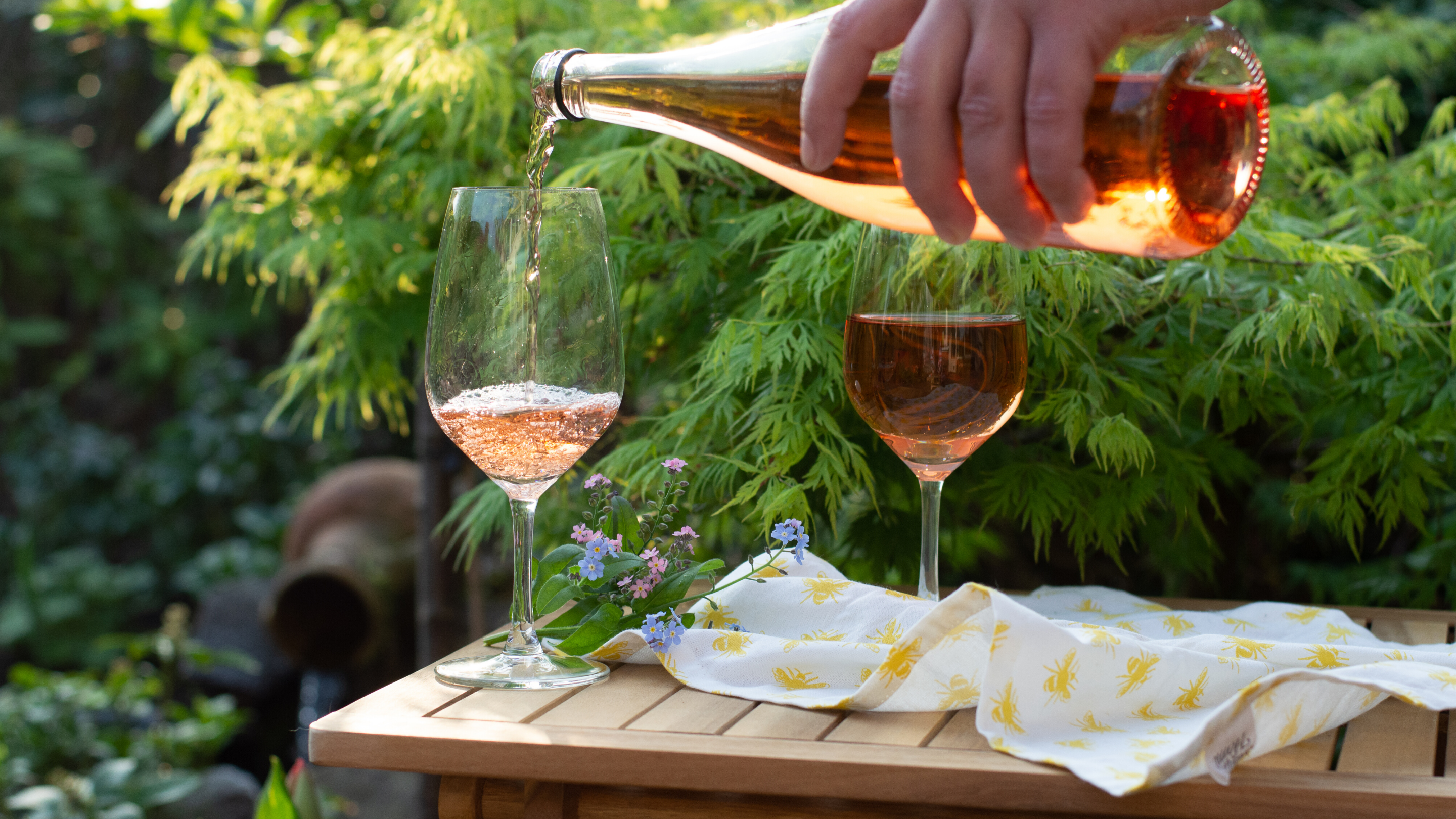
Rosé wines – credit Canva
Spain is the world’s second rosé producer, rosado in Spanish, making fresh, fruity wines from Garnacha, that smell like ripe strawberries, cherry, raspberries, and pomegranates and Tempranillo mostly Rioja that have a pale pink hue and herbaceous notes of green peppercorn, watermelon and strawberry.
Italian rosatos
Italian rosé wines, rosatos, are made in almost all the big and small wine regions of the country. Starting from the north in Alto Adige and along the shores of Lake Garda wines made from Corvina are called Chiaretto di Bardolino while those made in Abruzzo are called Cerasuolo d’Abruzzo which means cherry and references the wine’s deep pink hue.
What about Rosé Champagne?
A common misconception is that rosé can also be made by mixing red wine with white wine, but this in reality is not permitted in the EU. Champagne is the only appellation in which the blending method is allowed and in fact rosé champagne is more often made by blending than by maceration.
No matter the method used, rosé wines should be fruity and refreshing with medium to high acidity. The majority is meant to be drunk and enjoyed young but there are always notable exceptions to this rule that make our lives so much more interesting! You will find some of them among the wines reviewed for this feature.
[1] There are exceptions to this rule. There are 15 or so grape varieties, among them Alicante Bouchet and Saperavi that have both red skin and red flesh. These are called “teinturier grapes”.
Please come back tomorrow for the review of 3 French and 2 Swiss rosé wines.
About the author:
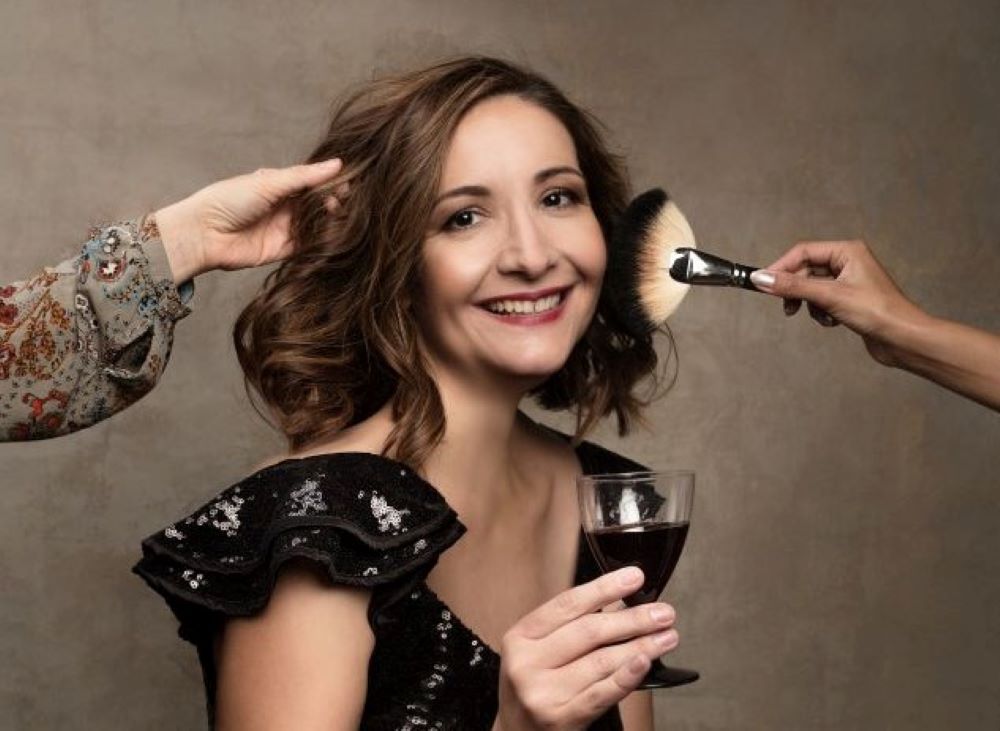 Maria was born in Greece but spent most of her life living abroad. She studied Political Science and Media and Communication at the London School of Economics and worked alongside the Greek Minister of Finance for 3 years. However, it was wine that captured her heart and became her passion. She is passionate about making wine accessible to everyone and loves teaching about it through fun yet informative seminars. She holds the WSET Level 3 certification and will be starting the WSET Diploma soon. In April 2019, she founded the Geneva Wine Society. She organises wine tastings and wine events in Geneva as well as online. Maria has lived and worked in various countries over the past 20 years and is a proud mom of a very active 3 year old boy.
Maria was born in Greece but spent most of her life living abroad. She studied Political Science and Media and Communication at the London School of Economics and worked alongside the Greek Minister of Finance for 3 years. However, it was wine that captured her heart and became her passion. She is passionate about making wine accessible to everyone and loves teaching about it through fun yet informative seminars. She holds the WSET Level 3 certification and will be starting the WSET Diploma soon. In April 2019, she founded the Geneva Wine Society. She organises wine tastings and wine events in Geneva as well as online. Maria has lived and worked in various countries over the past 20 years and is a proud mom of a very active 3 year old boy.
Facebook: www.facebook.com/genevawinesoc
Instagram: www.instagram.com/vinum_lore_ & www.instagram.com/genevawineso
Related Posts
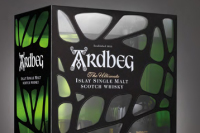
Moët Hennessy wines, champagnes and spirits special gifts for the holidays
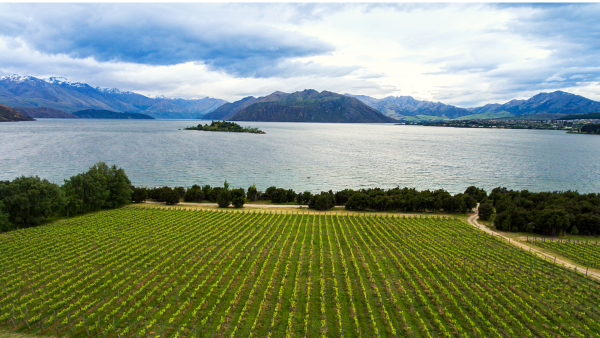
New Zealand Wines: There’s more to them than Sauvignon Blanc
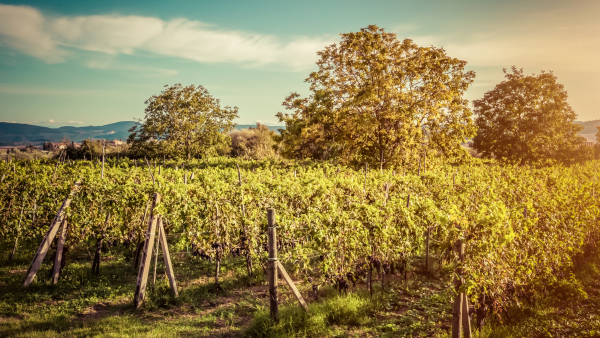
Organic and Biodynamic Wines: What are they and are they worth the hype?
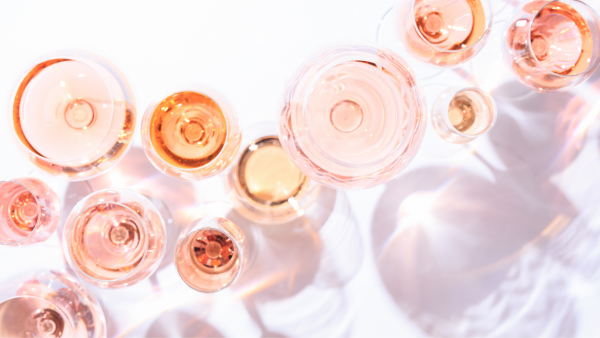
Rosé wines Dégustation from France and Switzerland
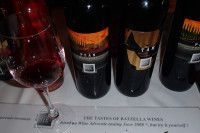
Tuscan wines, olive oils, truffles & chestnut cake at the Zurich Zunfthaus zur Saffran
